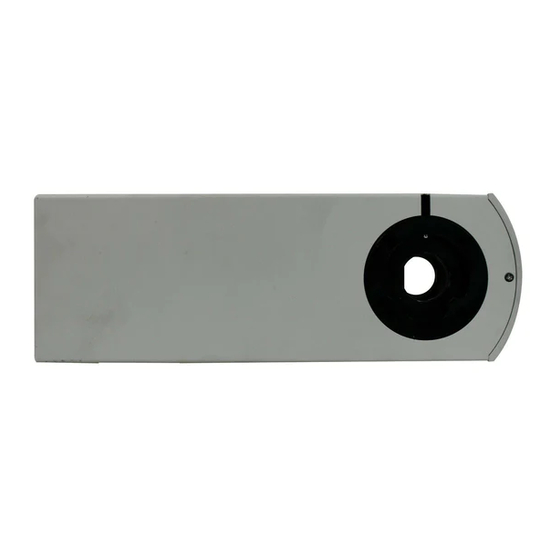Olympus U-AFA2M-VIS Інструкція з експлуатації - Сторінка 16
Переглянути онлайн або завантажити pdf Інструкція з експлуатації для Лабораторне обладнання Olympus U-AFA2M-VIS. Olympus U-AFA2M-VIS 24 сторінки. Active autofocusing unit

12
3
Observation Method
1. Place the specimen on the stage and adjust the focus by moving the
stage up or down.
2. Adjust the field iris diaphragm so that its image circumscribes the field of
view.
3. The contrast may sometimes be enhanced by closing the aperture iris
diaphragm slightly.
U-DICR
U-DICRHC
1. Adjust the background contrast by turning the prism movement knob |
on the DIC slider as described below. (Fig. 7)
2. When the prism movement knob on the DIC slider is turned, the
interference color in the background varies continuously from the gray
sensitive color to magenta sensitive color (from -100 to 600 nm). Set the
interference color which can provide best contrast with respect to the
specimen.
· Selecting a gray background color enables 3D-looking observation with
high contrast thanks to the highest sensibility of the gray sensitive color.
· Selecting a magenta sensitive color allows even small phase variation to
be observed as a change in color.
U-DICRH
1. Adjust the background contrast by turning the prism movement knob |
on the DIC slider as described below. (Fig. 7)
2. When the prism movement knob on the U-DICRH DIC slider is turned,
the interference color in the background varies from -100 to 100 nm. Set
the interference color which can provide best contrast.
· Selecting a gray background color enables 3D-looking observation with
high contrast thanks to the highest sensibility of the gray sensitive color.
· Selecting a magenta sensitive color allows even small phase variation to
be observed as a change in color.
# Since the DIC observation has a high detection sensitivity, take care
against contamination on the specimen surface.
}The detection sensitivity is variable depending on direction so it is
recommended to use a rotary stage.
Switching Between Brightfield and
4
Darkfield Observations
1. Loosen the mounting knob @ on the front of the DIC revolving nosepiece,
gently pull out the DIC slider ² to remove, and insert the dummy slider
as far as it will go and then clamp it with the mounting knob.
2. Slide out the analyzer and polarizer to disengage them from the light
path.
(Fig. 7)
(Fig. 7)
